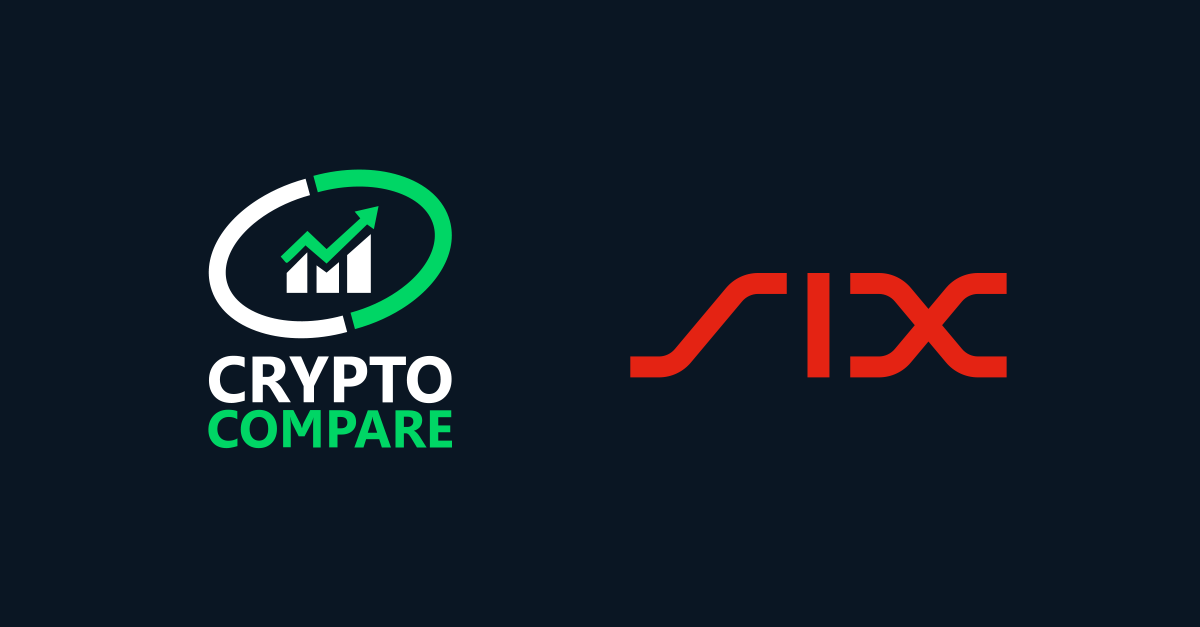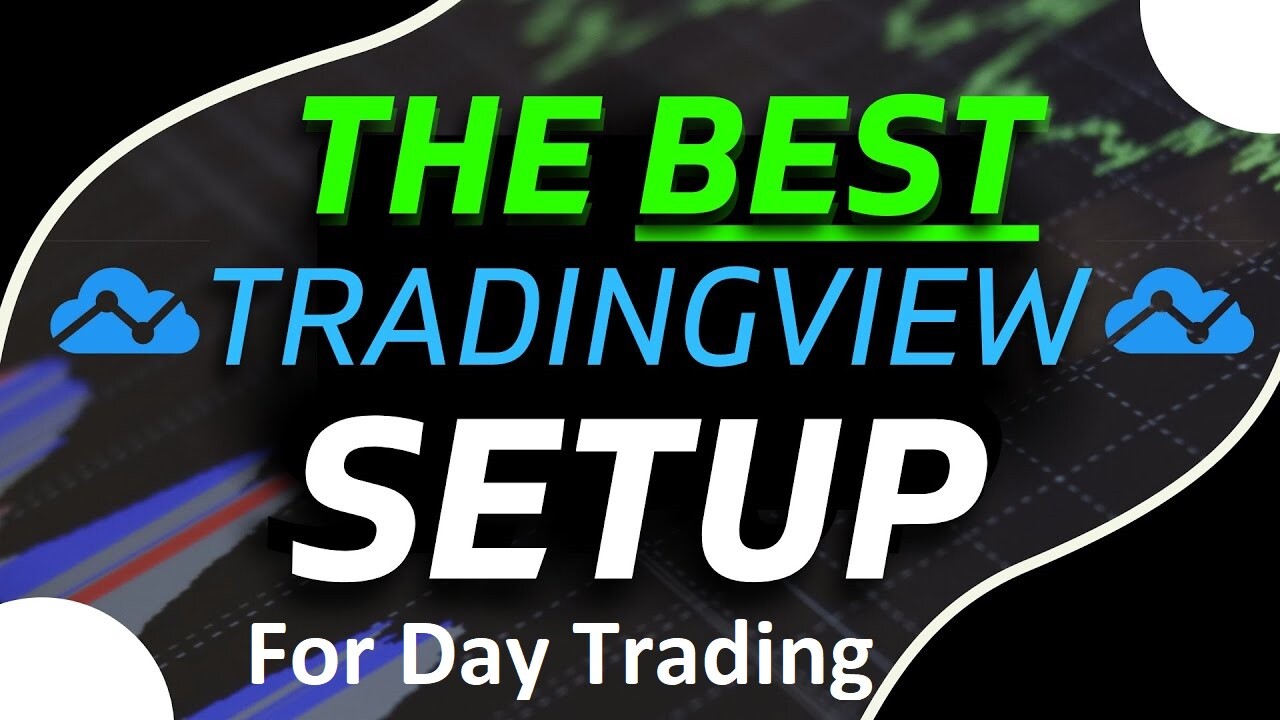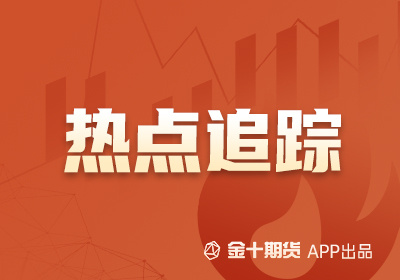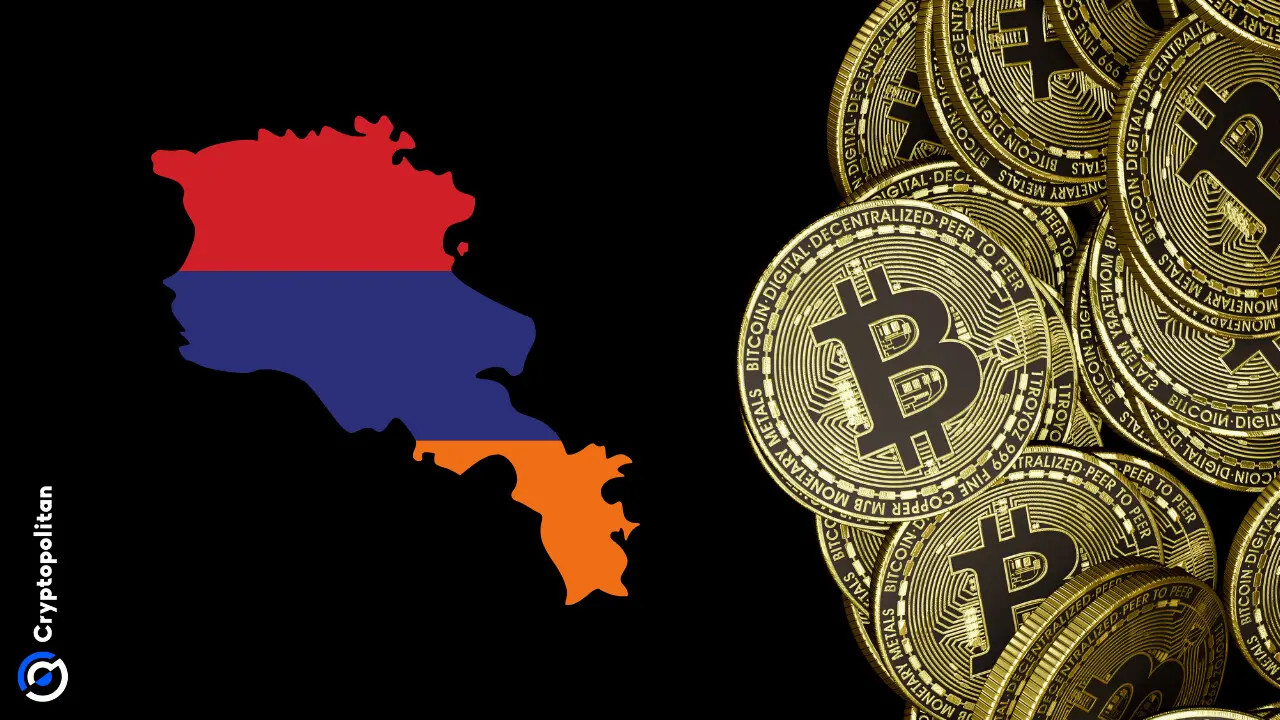Friends, Bitcoin has been on another rollercoaster ride recently! Just last month, BTC plunged below 60,000tohitaone−monthlow,onlytoreboundtoaround64,000 amid halving expectations and institutional inflows. In such volatile conditions, monitoring price movements becomes essential for investors—a one-second delay in data can mean a $10,000 difference in profits. Today, based on extensive testing and authoritative data sources, I've curated the top 5 most accurate and practical Bitcoin price monitoring platforms to help you catch every trading signal!
1. CoinMarketCap: The "Encyclopedia" of Crypto Data
As the world's largest cryptocurrency data aggregator, CoinMarketCap tracks real-time data for 10,000+ tokens, making it the "Bloomberg Terminal" of crypto. Its key advantages include:
Comprehensive Data Metrics: Real-time Bitcoin price, market cap, circulating supply, trading volume, and exchange price comparisons
Powerful Historical Analysis: Customizable time-frame charts to identify support/resistance levels
Multi-Device Syncing: Seamless data integration between web and mobile apps, with industry-leading push notifications for sudden market moves
Beginner Tip: Monitor the "Fear & Greed Index" to spot shifts in market sentiment.

2. CoinGecko: The Community Sentiment Barometer
While CoinMarketCap excels in hard data, CoinGecko specializes in capturing market psychology:
Social Listening: Tracks Bitcoin discussions on Reddit, Twitter, etc., to anticipate FOMO (fear of missing out) or FUD (fear, uncertainty, doubt)
On-Chain Visualization: Unique "exchange inflow/outflow" charts reveal large Bitcoin transfers
Cross-Asset Comparison: Instantly compares Bitcoin's volatility against gold, stocks, and other traditional assets
Case Study: When BTC dropped below $60K in April 2024, CoinGecko's "net exchange withdrawals" indicator warned of capital outflows 24 hours in advance.
3. Binance: The Gold Standard for Trading Data
As the world's highest-volume exchange, Binance offers three critical advantages:
Order Book Transparency: Real-time depth charts show Bitcoin's buy/sell wall concentrations
Futures Monitoring: Open interest and funding rate indicators signal shifts in long/short battles (e.g., 0.1% rates often trigger liquidation waves)
Whale Tracking: The "block trades" section reveals moves by Grayscale, MicroStrategy, and other institutional players
Pro Tip: During extreme volatility, avoid market orders—use limit orders with ±2% buffers to prevent slippage.
4. XBIT Platform: The AI-Powered Alert Specialist
This rising star combines machine learning + institutional-grade data:
Smart Signals: 82% accuracy in predicting 15-minute Bitcoin price movements
Multi-Factor Analysis: Integrates 10+ macro indicators like Fed rates and miner holdings for risk assessment
Custom Alerts: Set compound triggers like "price breaks EMA30" or "RSI overbought/oversold"

Notable Success: Ahead of Bitcoin's March 2025 surge to $93K, XBIT detected miner wallet activity 48 hours early.
5. TradingView: The Technical Trader's Essential Tool
Though not crypto-exclusive, its advanced charting tools are indispensable:
200+ Technical Indicators: One-click MACD, Bollinger Bands, Elliott Wave analyses
Multi-Screen Monitoring: Track Bitcoin alongside Nasdaq, USD index correlations
Strategy Backtesting: Upload trade history to generate win-rate/profit analyses
Advanced Technique: Fibonacci extensions accurately predicted Bitcoin's 68K→73K rally post-halving.

Conclusion: A Data Toolkit Strategy
Beginners should start with CoinMarketCap + Binance, while advanced traders add XBIT s + TradingView analysis. Remember: No tool is 100% accurate—always cross-verify data and practice risk management to thrive in crypto long-term.
















No comments yet